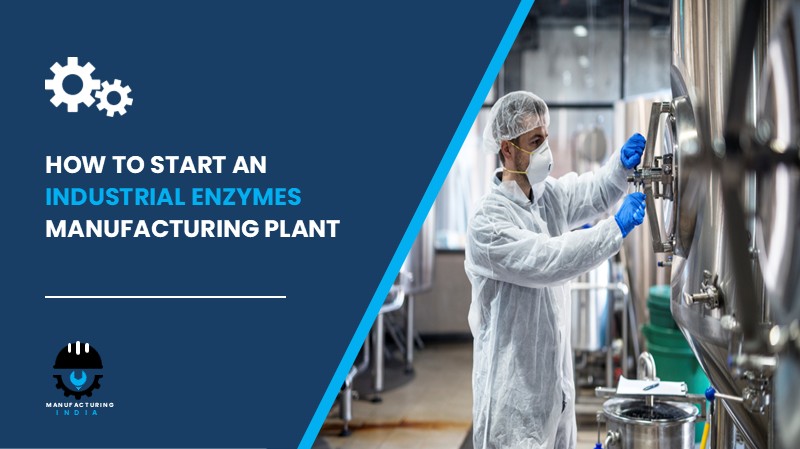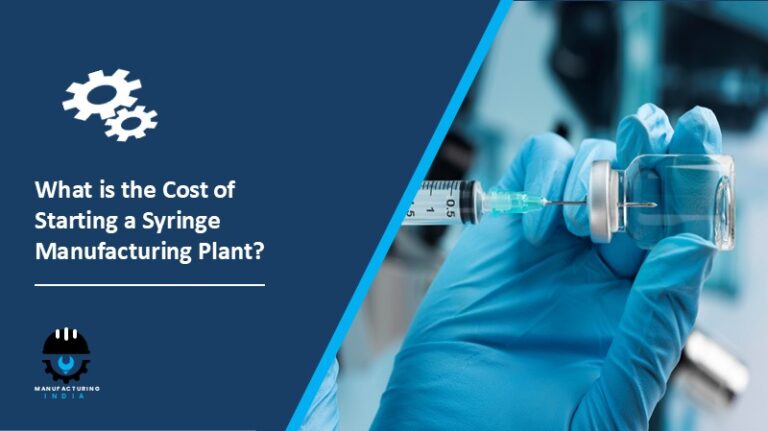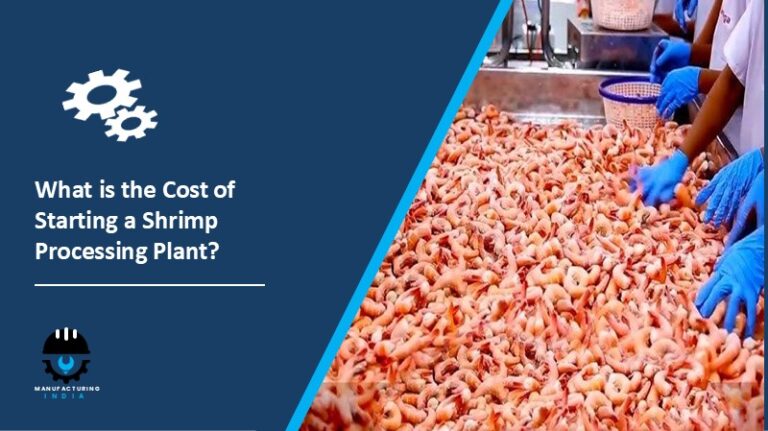
The industrial enzymes industry has emerged as one of the most promising sectors in biotechnology. Enzymes play a crucial role in numerous industries such as food and beverages, pharmaceuticals, detergents, biofuels, textiles, and animal feed. They enable eco-friendly, efficient, and cost-effective production processes, making enzyme manufacturing a valuable opportunity for investors and entrepreneurs.
If you’re planning to venture into enzyme production, it’s important to understand the technical, infrastructural, and operational requirements before setting up a facility. This article provides a step-by-step process for starting an industrial enzymes manufacturing plant — from planning and design to production and quality control.
Step 1: Conduct a Detailed Project Feasibility Study
The first step is to assess the feasibility of establishing an enzyme manufacturing plant. This involves identifying your target market, understanding demand for specific enzyme categories (such as proteases, amylases, lipases, or cellulases), and estimating production capacity.
Key aspects to evaluate include:
- Market scope – Determine the end-use industries you want to serve.
- Raw material availability – Identify sources of microbial strains, nutrients, and substrates.
- Technology options – Choose between microbial fermentation, plant extraction, or recombinant enzyme technology.
- Regulatory requirements – Understand environmental and safety norms that apply to biotechnology operations.
A well-structured feasibility study helps you estimate capital investment, operational costs, and expected returns.
Step 2: Select the Ideal Location and Layout Design
Choosing the right location plays a crucial role in long-term efficiency. The site should have:
- Easy access to transportation for raw materials and finished goods.
- Availability of utilities like clean water, reliable electricity, and waste disposal systems.
- Proximity to skilled manpower and biotechnology research centers.
Once the location is finalized, design the plant layout to include key sections such as:
- Fermentation and inoculation area
- Downstream processing (filtration, centrifugation, and drying)
- Quality control and R&D laboratories
- Storage and packaging units
- Administrative and utility areas
An optimized layout ensures smooth flow of materials and minimizes contamination risk.
Step 3: Procure Machinery and Equipment
The selection of appropriate machinery depends on the scale of production and type of enzymes to be manufactured. Common equipment includes:
- Fermenters or bioreactors
- Centrifuges and filtration units
- Ultrafiltration and chromatography systems
- Spray or freeze dryers
- Mixing, blending, and filling machines
- Utility systems such as boilers, chillers, and air compressors
For pilot-scale or full-scale production, it’s essential to choose equipment made from corrosion-resistant materials and designed for sterile operation. Automation can further improve consistency, yield, and product quality.
Step 4: Select Microbial Strains and Raw Materials
The heart of enzyme production lies in choosing the right microorganisms or biological sources. Depending on the enzyme type, production may involve bacteria, fungi, or yeast cultures.
Nutrient-rich media containing carbon and nitrogen sources are used to grow and multiply these microorganisms under controlled conditions.
You’ll also need to establish a laboratory for strain improvement and maintenance, where scientists can preserve pure cultures and monitor their productivity over time.
Step 5: Establish the Production Process
The enzyme manufacturing process typically involves four major stages:
- Inoculum Development:
Preparation of seed culture under aseptic conditions to ensure high enzyme yield. - Fermentation:
Microbial strains are cultivated in fermenters under controlled temperature, pH, and aeration. The enzymes are secreted into the medium during growth. - Downstream Processing:
The culture broth is filtered and centrifuged to remove biomass. The enzyme is then concentrated and purified through ultrafiltration or precipitation. - Formulation and Drying:
The final product may be converted into liquid or powder form depending on market needs. Stabilizers and preservatives are added to extend shelf life.
A well-optimized process reduces waste, maximizes yield, and maintains consistent enzyme activity.
Step 6: Implement Quality Control and Compliance
Quality assurance is vital in enzyme manufacturing. Each batch must be tested for purity, activity, and stability. Establish a dedicated quality control (QC) and quality assurance (QA) department to:
- Monitor raw materials and fermentation parameters.
- Conduct microbiological and chemical analysis.
- Ensure packaging integrity and labeling accuracy.
Compliance with safety and environmental standards is mandatory. Proper waste treatment and sterilization systems must be installed to prevent contamination and ensure biosafety.
Step 7: Packaging, Storage, and Distribution
Enzymes are sensitive biological products that require controlled handling. Use moisture-proof, airtight containers and label them with product type, batch number, and expiry date.
Temperature-controlled storage areas help preserve enzyme stability during transport and distribution.
Depending on your business strategy, you may supply enzymes to:
- Food processing and brewing industries
- Textile and detergent manufacturers
- Biofuel and pharmaceutical producers
A reliable logistics network ensures timely delivery and strengthens customer relationships.
Step 8: Estimate Costs and Plan for Operations
Although specific values vary, your investment will generally cover:
- Land and building construction
- Machinery and utilities
- Raw materials and media
- Skilled labor and research staff
- Quality control and certifications
- Working capital for raw material procurement and daily operations
Proper budgeting helps maintain cash flow and prevents delays during plant setup. Operational efficiency, continuous process improvement, and preventive maintenance are key to profitability.
Step 9: Focus on Research, Innovation, and Sustainability
Industrial enzyme technology is continuously evolving. Investing in R&D and process innovation allows you to improve yield, reduce costs, and develop specialized enzyme formulations for niche applications.
Sustainability initiatives such as waste recycling, energy recovery, and environmentally friendly formulations enhance your plant’s reputation and align with global green manufacturing goals.
Final Insights
Starting an industrial enzymes manufacturing plant requires a blend of biotechnology expertise, process understanding, and business planning. From strain selection and fermentation design to quality control and packaging, every step demands precision and compliance.
By following a structured, step-by-step approach and focusing on efficiency, innovation, and sustainability, entrepreneurs can establish a profitable and future-ready enzyme production facility.
With rising global demand for natural catalysts and eco-friendly processing solutions, now is the ideal time to invest in enzyme manufacturing and contribute to a greener industrial future.



